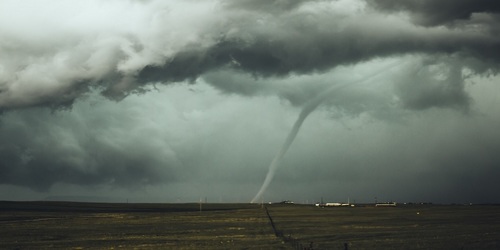

It's been one of the major success stories in the realm of decreasing pollution in the past 50 years. In the 1970s, when lead was phased out from gasoline in the United States, followed by many other countries over the next couple of decades, the levels of lead in the atmosphere have decreased by 98% (U.S. EPA). One place where the past history of lead emissions is still contained, though, is within the world's glaciers. Now, an international team of scientists, archaeologists, and economists has measured the levels of lead deposited in ice cores from Greenland and the Russian Arctic and has used this data to track the rise and fall of the Roman Empire, and has tracked such catastrophes such as the European plagues.
By taking 21,000 readings of the lead from the ice cores, the team was able to resolve the levels of lead pollution down to the sub-annual scale. These readings extended all the way back to 1,100 BCE, and in a separate study using ice cores also from the Russian Arctic, extended all the way to the modern day.
During Antiquity, lead was emitted during the mining and smelting of lead-silver ores, as during this time, silver was a key component of currency. In this way, tracking the levels of lead pollution is a good proxy for the economic prosperity of the major civilizations at the time. Lead emissions slowly started to ramp up around 900 BCE as the Phoenicians expanded their trade routes with the western Mediterranean. During Antiquity, lead emissions would reach their peak at the height of the Roman Empire in the 1st and 2nd Century CE during the time of prosperity known as the Pax Romana. During the Third Century Crisis, as the Roman Empire endured political turmoil as well as plague, lead emissions dropped dramatically from their earlier highs.
The next period of sustained increases in lead emissions occurred during the Early and High Middle Ages from 800 to 1300 CE, as widespread economic growth took hold and new mining areas were discovered near the present-day border between Germany and the Czech Republic. The Black Death and subsequent plague pandemics from the 1300s to the late 1600s put a halt to this economic growth and kept lead emissions depressed during this same time period.
Despite these ups and downs, lead emissions still managed to increase 250 to 300 times from the start of the Middle Ages until the 1970s when the aforementioned phasing out of leaded gasoline started to take place. Even with the substantial reductions in lead pollution today, levels are still around 60 times greater than at the start of the Middle Ages.






